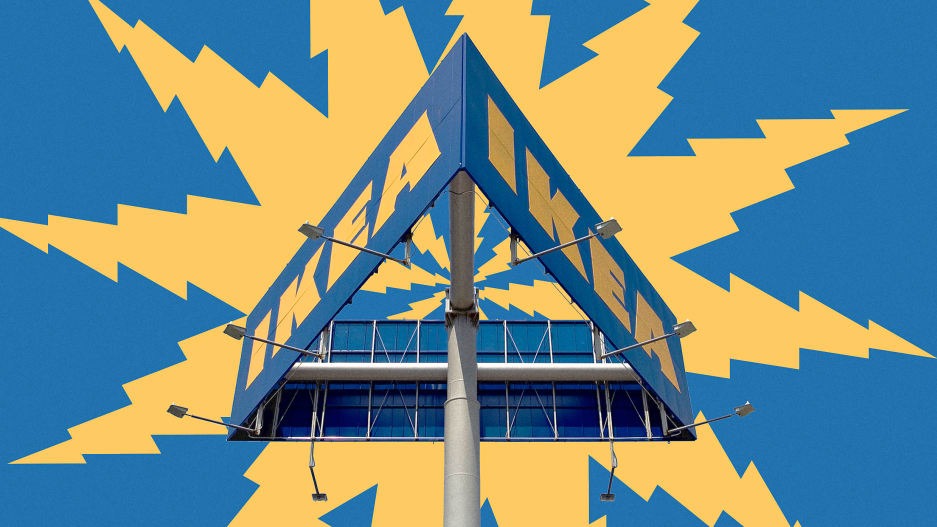- | 8:00 am
Ikea is installing ultra-fast EV chargers to help its customers cut emissions
While you browse Billy bookcases and Malm beds, you could add 200 to 300 miles of driving range to your electric car.

As Ikea aims to become “climate positive,” the retailer is considering every aspect of its business, from whether it can rent furniture in a circular model to how the cargo ships that deliver its products can eliminate emissions. The company’s long list of emissions sources also includes how customers get to Ikea stores, which is why Ikea U.S. is now rolling out more than 200 new electric vehicle chargers in 18 states. The company is also installing new chargers at its stores for electric trucks to make home deliveries.
“We want to do our part in creating low-carbon, breathable cities, where people and products can move around in a convenient, affordable and sustainable way,” says Javier Quiñones, CEO and chief sustainability officer of IKEA U.S. “This means enabling people to travel to our IKEA stores more sustainably and to generate and use renewable energy at home.”
In some cities in Europe, Ikea is encouraging customers to avoid driving completely—in Vienna, for example, a store that opened last fall was built without parking spots, in a neighborhood where it’s easy to walk, bike, or take public transportation. If someone buys a large piece of furniture, there’s an option to have it delivered via an electric cargo bike. In Germany, Ikea stores offer electric bike trailers that customers can rent through an app to haul items home; the trailers can either be attached to a customer’s bike or pulled by hand as the electric motor helps carry the load.
In the U.S., the company “does have plans to open more accessible store formats that meet customers where they are in urban settings,” Quiñones says. “We also look for locations that are accessible by public transport, and, where possible, pedestrian and bicycle routes, to ensure they are part of a city’s community, and to reduce traffic and energy use.” One new small-format store is planned in San Francisco, and the company is also beginning to roll out a few urban planning studios that let customers browse designs but don’t carry stock.
For now, most of the chain’s stores still sit on sprawling lots in areas that are easiest to reach by car. But adding new EV chargers is one way to help nudge drivers to cut emissions, since a lack of public charging stations is still one barrier for some drivers considering making the switch to electric cars. By one estimate, the U.S. will need more than one million chargers by the end of the decade to meet the Biden administration’s goal for half of new car sales to be electric; that’s 20 times the current number of chargers. Even fewer current chargers are high speed. Ikea will be working with its partner Electrify America to add “ultra fast” 150-kilowatt and 350-kilowatt chargers; while someone browses in the store for 20 minutes, they could add 200 to 300 miles of driving range to their car.
Since charging an electric car takes longer than filling up a gas tank, installing chargers at retail stores makes sense. Some stores, like Whole Foods, have offered EV charging for several years. Others are beginning to roll it out now, including Starbucks, which is now piloting a network of chargers at its stores along a route where little other EV charging exists. Walgreens also announced earlier this year that it plans to add 1,000 fast chargers to its stores.
At Ikea, additional new chargers will be installed for electric delivery trucks. The company plans to eliminate emissions for last-mile deliveries by 2025.






































